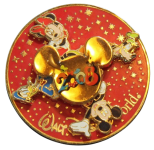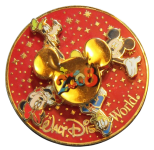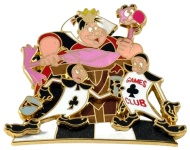The information available in this post is available as a PDF on Google drive. Remember, the internet is not forever and printing physical copies can be your friend.
 drive.google.com
drive.google.com
With over 100,000 pins, duplicating characters, movies, attractions, etc. how do you make pins unique? Disney has utilized different construction techniques, materials and gimmicks to differentiate similar pins from one release to another. These are some of the ways the base of the pin has been modified.
CONNECTOR: Hook & ring loops or magnets are types of connectors used to connect two or more pins to each other.
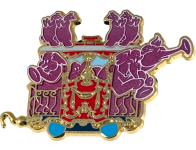

DANGLE: One or more elements, attached to the main portion of the pin with loop rings.
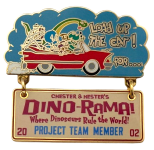
DIORAMA: The pin contains a horizontal element, that will allow the pin to sit on a flat surface, as well as multiple layers, separated by spaces to give the appearance of depth.
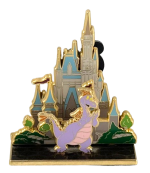
FLIPPER: The pin has an element that will rotate along the y-axis, allowing people to choose if the front or the back of the pin is visible. This also means the back of the pin, contains enamel elements.

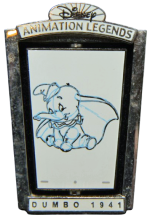
HINGED: The pin is hinged on one or multiple sides, allowing the pin to open up, revealing additional elements.
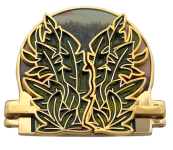
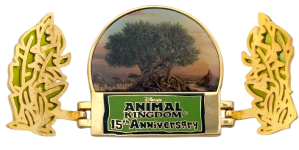
PIN-ON-PIN: A smaller enamel element layered on the main element and attached by a rivet.
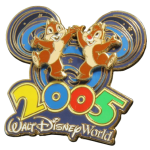
PIVOT: A smaller pin element is attached to the base in a way to allow the smaller piece to move a little.


PUZZLE: Pins are shaped to allow multiple to be interlocked together to form a larger design.
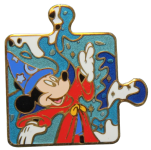
SLIDER: A smaller pin element is attached on a track, and allowed to slide from side to side or up and down.

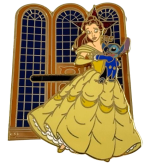
Get to Know Attributes Base.pdf
 drive.google.com
drive.google.com
Get to Know: Base Attributes
With over 100,000 pins, duplicating characters, movies, attractions, etc. how do you make pins unique? Disney has utilized different construction techniques, materials and gimmicks to differentiate similar pins from one release to another. These are some of the ways the base of the pin has been modified.
CONNECTOR: Hook & ring loops or magnets are types of connectors used to connect two or more pins to each other.


DANGLE: One or more elements, attached to the main portion of the pin with loop rings.

DIORAMA: The pin contains a horizontal element, that will allow the pin to sit on a flat surface, as well as multiple layers, separated by spaces to give the appearance of depth.

FLIPPER: The pin has an element that will rotate along the y-axis, allowing people to choose if the front or the back of the pin is visible. This also means the back of the pin, contains enamel elements.


HINGED: The pin is hinged on one or multiple sides, allowing the pin to open up, revealing additional elements.


PIN-ON-PIN: A smaller enamel element layered on the main element and attached by a rivet.

PIVOT: A smaller pin element is attached to the base in a way to allow the smaller piece to move a little.


PUZZLE: Pins are shaped to allow multiple to be interlocked together to form a larger design.

SLIDER: A smaller pin element is attached on a track, and allowed to slide from side to side or up and down.





